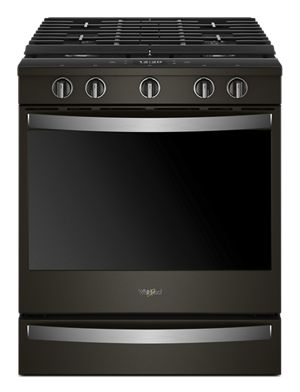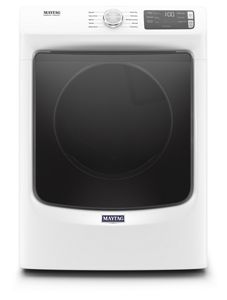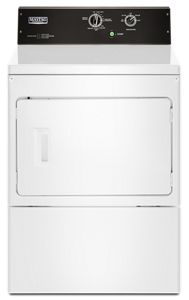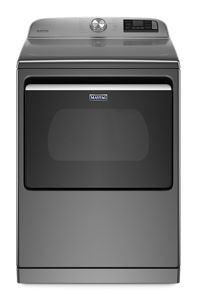
Ducted vs. Ductless Range Hoods: Which One to Choose?
When it comes to helping to clear the smoke from your kitchen while cooking, range hoods are an essential appliance. However, there are important differences between ducted vs. ductless range hoods. Read more to learn about which one is right for your kitchen.


What are Range Hoods?
Range hoods are appliances that help reduce smoke, odor and grease in the air when you’re cooking on your range or cooktop. By properly ventilating your kitchen, you will help reduce any smoke or grease buildup in your cooking area, allowing you more time for your culinary creations.
The most important benefit of range hoods is that they help create proper ventilation so you can fry, sear or sauté without worrying about smoke interfering in your making process.


What Are the Differences Between Ducted and Ductless Range Hoods?
There are two major kinds of range hoods: Ducted vs. ductless. Ducted range hoods, which are sometimes called external venting hoods, rely on external venting that pushes smoke through ductwork and out of your home.
Ductless range hoods, also known as recirculating venting hoods, operate via a recirculating venting system, which filters air and recirculates it in your kitchen.
WHAT IS A DUCTED RANGE HOOD:
External ventilation
Must be connected to a duct in your wall, ceiling or floor
Limited in where it can be placed
Helps reduce smokes, odors and grease from home
WHAT IS A DUCTLESS RANGE HOOD:
Recirculating ventilation
Can be placed nearly anywhere
Filters air instead of completely removing it
Recirculates the air in the kitchen instead of venting out stale air
Requires cleaning of filter


Do Ductless Range Hoods Remove Smoke?
Because ductless range hoods are not connected to a duct, they cannot ventilate smoke out of your home. However, they do help remove smoke from your cooking environment by taking smoke in, filtering it, then recirculating the filtered air throughout your kitchen.
How Do You Clean a Ductless Range Hood?
To clean a ductless range hood, you will typically remove the screw holding the grease filter retainer. Next, release the retainer by turning it, pulling toward you and away from the fan. Finally, wash your filter in the dishwasher or a hot detergent solution, dry it and then screw it back in place. Always check your owner’s manual before disassembling or cleaning any part of your hood as instructions may vary.
In general, some cleaning solutions to avoid when cleaning the exterior surface of the filter include: Soap-filled scouring pads, abrasive cleaners, cooktop polishing creme, steel wool, gritty washcloths or paper towels. Additionally, so as to not damage the stainless steel, avoid cleaners that contain chlorine.


Is a Ducted Range Hood Better Than a Ductless?
Choosing between a ducted range hood vs. a ductless one will come down to your cooking style as well as your kitchen needs. If your kitchen is humid, a ducted range hood may be a better fit. However, if you are prioritizing the flexibility of your cooktop location, ductless may be the best choice.
Explore KitchenAid® Range Hoods
Clearing the air so you can sear, simmer and flambé is a must for any adventurous cook. That’s why KitchenAid® range hoods are built to fit any kitchen space by offering five different types of range hoods. Breathe new life into your kitchen with a range hood designed for your cooking needs.
Learn More About Range Hoods with KitchenAid brand
-
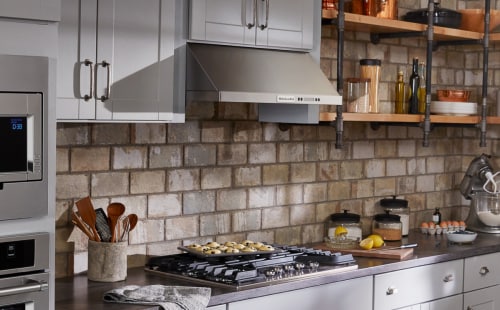 How to Install a Range Hood Get guidance on how to install a range hood. Follow these steps for installing a vent hood mounted to the wall, ceiling or under a cabinet. Find the best setup for your kitchen.
How to Install a Range Hood Get guidance on how to install a range hood. Follow these steps for installing a vent hood mounted to the wall, ceiling or under a cabinet. Find the best setup for your kitchen. -
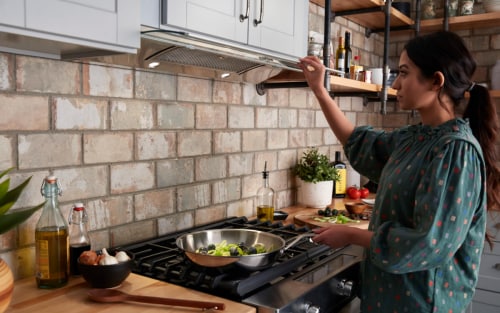 Range Hood vs. Microwave: Vent Hood Options Should you install a range hood or an over-the-range microwave in your kitchen? Get the pros, cons and considerations from KitchenAid.
Range Hood vs. Microwave: Vent Hood Options Should you install a range hood or an over-the-range microwave in your kitchen? Get the pros, cons and considerations from KitchenAid. -
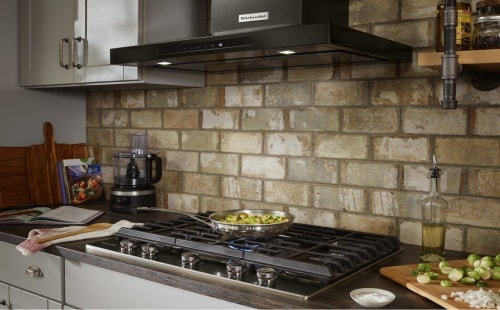 Range Hood Sizes: How to Choose the Right One Not sure what range hood vent size you need? Find out which range hood dimensions are the right fit for your range and kitchen with our guide.
Range Hood Sizes: How to Choose the Right One Not sure what range hood vent size you need? Find out which range hood dimensions are the right fit for your range and kitchen with our guide.
